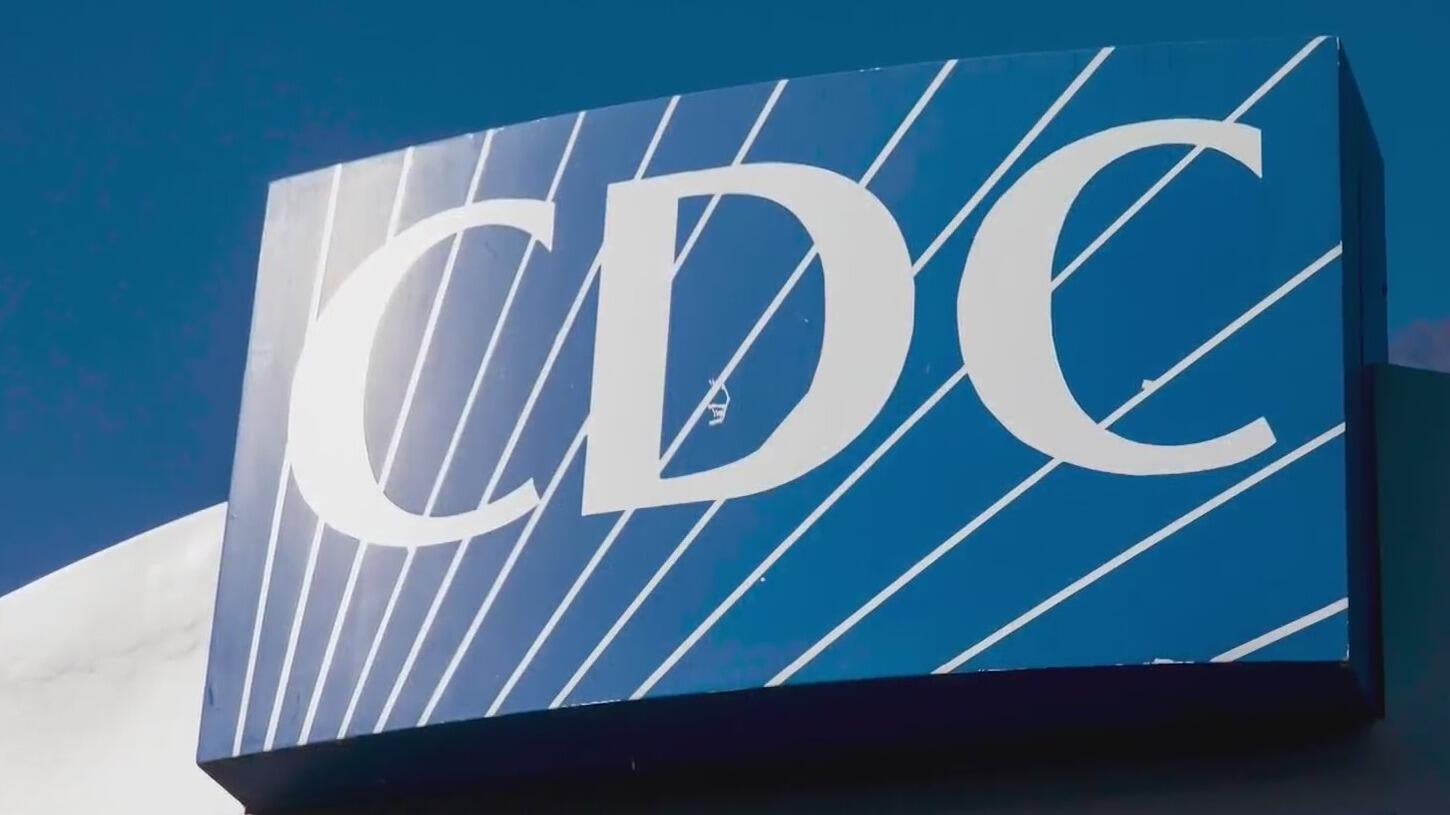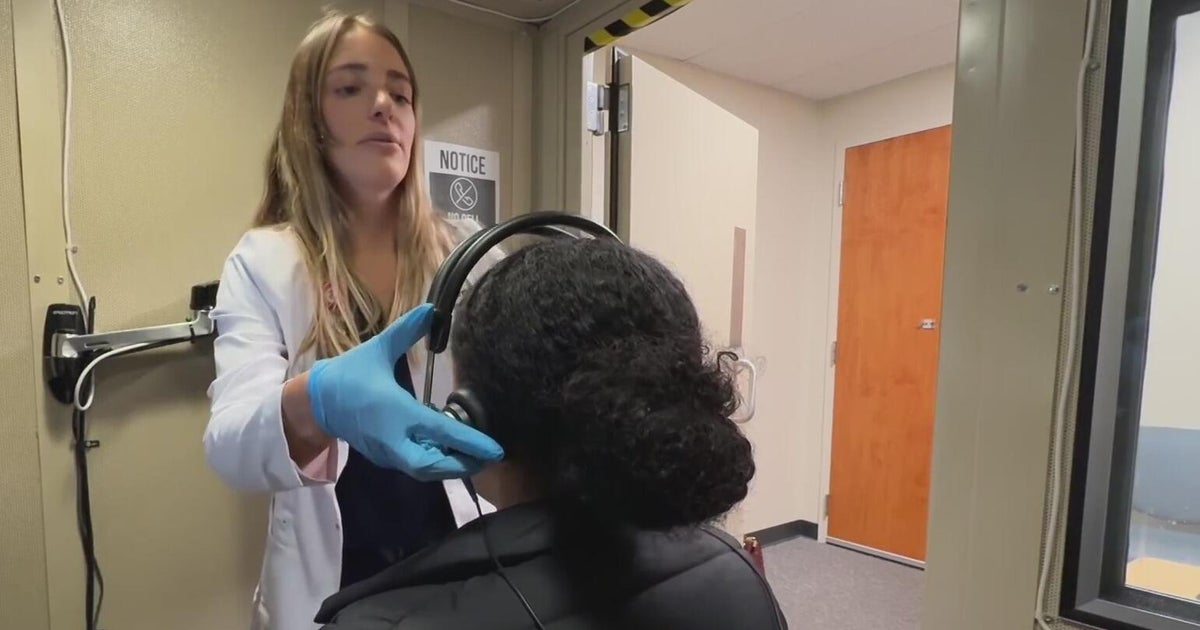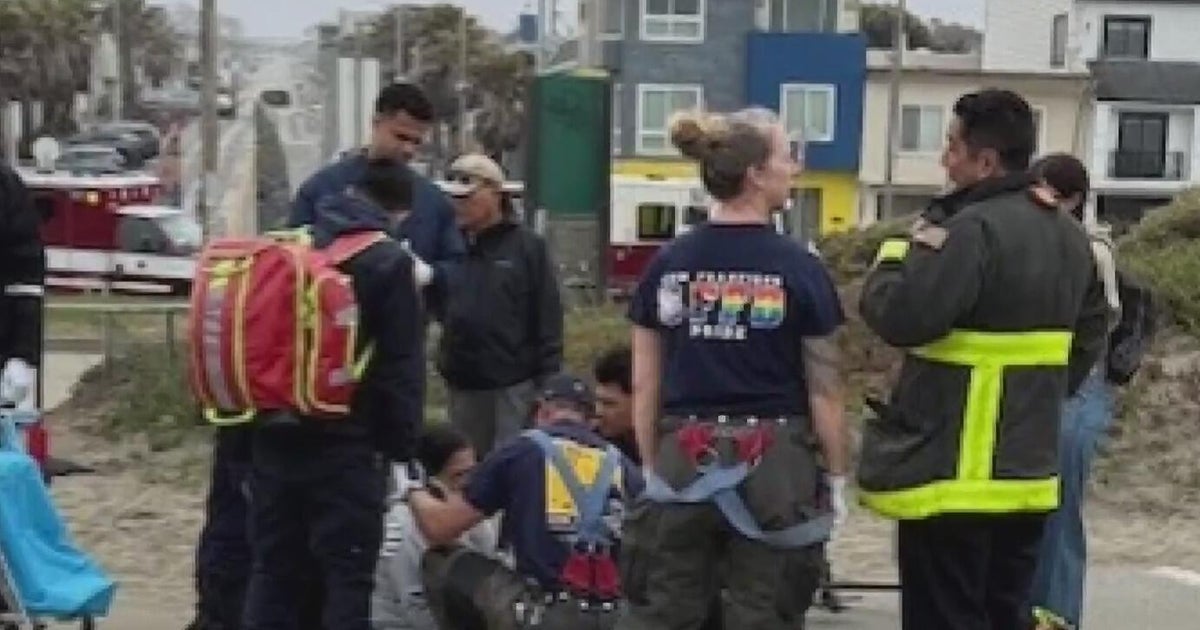Bay Area man living with HIV concerned about federal cuts to medical funding
As the federal government moves forward with steep cuts to medical and research funding, some in the Bay Area who depend on that money are concerned about the future.
But California lawmakers are trying to help. On Tuesday, Governor Gavin Newsom signed a budget allocating $75 million to support HIV services in the state.
Paul Aguliar has been surviving with HIV for 37 years. He lives at Marty's Place in San Francisco. A housing co-op for low-income people living with HIV/AIDS in San Francisco.
"It's a place where we live with HIV; we don't die from AIDs," said Aguilar.
When he was diagnosed, he never thought he would come this far.
"When you're told at the age of 25 that you have five years to live you had better clean up your life and do whatever you have to do, that's really frightening," Aguilar said, remembering his diagnosis.
Advancements in HIV treatment allowed him to celebrate his 62nd birthday in June. But he's worried with HIV prevention and research cuts, some other people won't be as lucky.
"It's really scary," Aguilar said. "It's like we're throwing back to 40 years ago. You're going to see an epidemic the likes of which is going to be even worse than what I walked through because you're going to see medically resistant strains, super strains and there's no scientific research being done on how to address this."
President Donald Trump's FY26 budget proposes significant cuts in CDC-funded HIV prevention, testing and research.
Governor Gavin Newsom and state legislators are trying to combat that with a budget that allocates $75 million to HIV and STI services.
Jonathan Frochtzwajg with the San Francisco AIDs Foundation says $1 million is for hepatitis C testing equipment and $9 million is for public health workers who do contact tracing for HIV, the rest acts as protection.
"The bulk of the money is $65 million in a contingency fund that the state can tap into if the federal government cuts dollars for critical HIV services, everything from prevention to care to housing," Frochtzwajg explained.
He said prevention efforts are vital, as California sees 5,000 new HIV cases each year.
"We know what prevents HIV transmission," said Frochtzwajg. "We have those tools. It's things like low-barrier HIV testing. It's things like distributing safer sex supplies. Helping folks get on Prep. Those tools we need funding for."
Aguilar was cautiously optimistic about the funds.
"75 million is not enough," Aguilar stated. "We definitely need more, We'll take what we can get."
As of 2025, life expectancy for people living with HIV who are diagnosed early and receive treatment is nearly the same as the general population.




